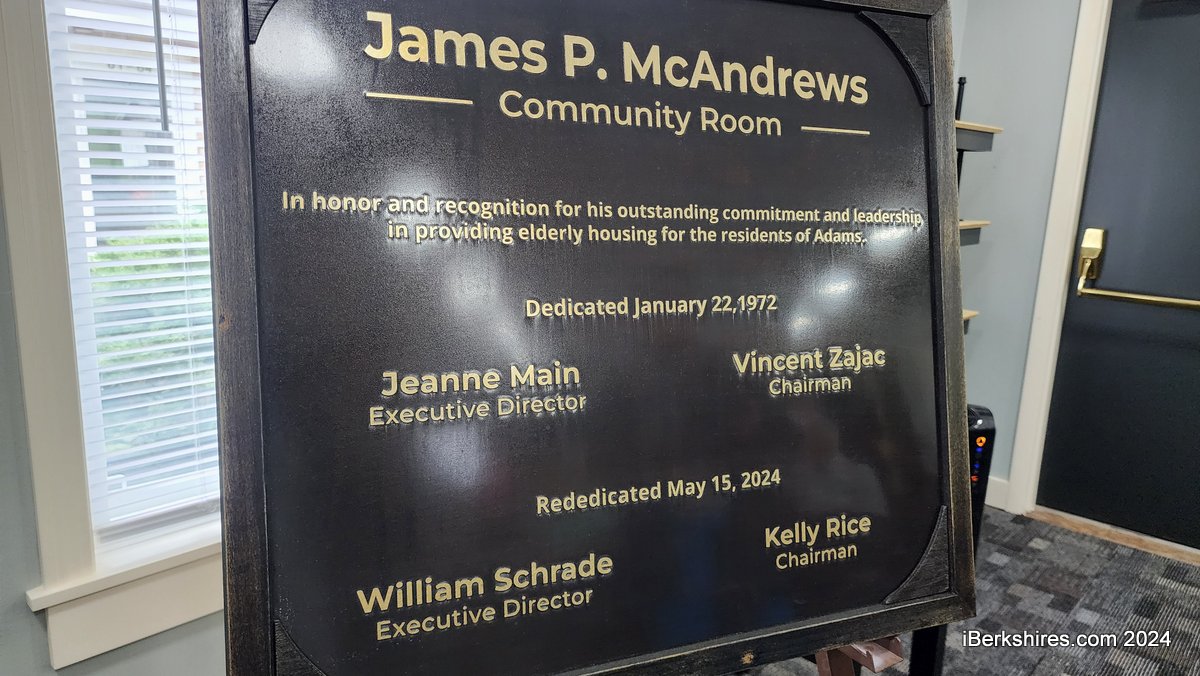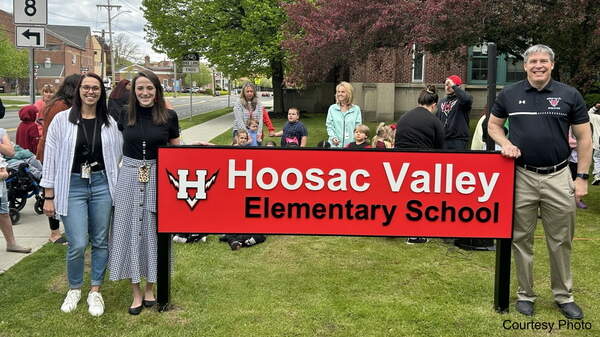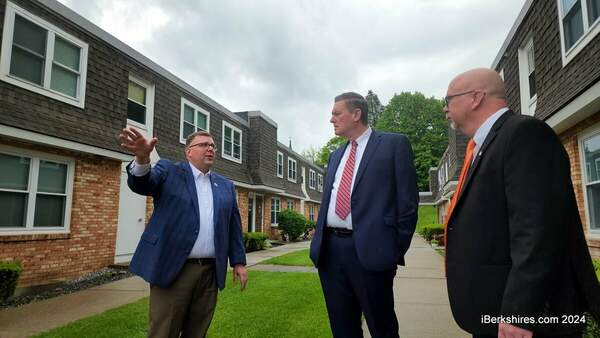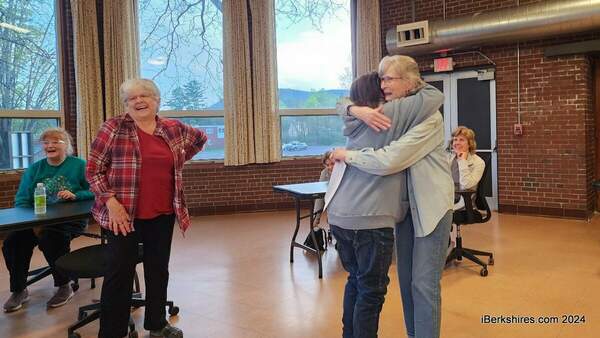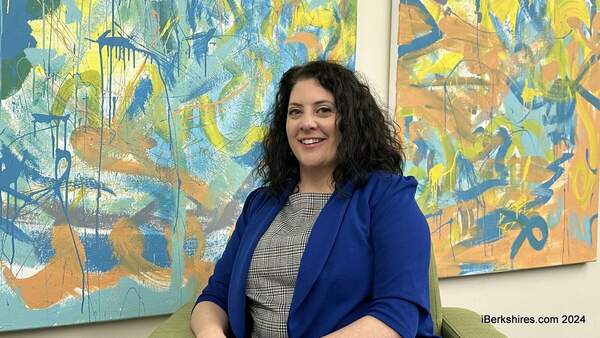
Green Living Guidelines Reviewed for Greylock Glen
 |
Designers for the proposed Thunderbolt Lodge and environmental education center will be asked to use low-impact development practices outlined in a 104-page booklet.
"These are sustainable guidelines so developers will have very clear parameters on how to make this as environmentally sustainable as possible," Steven Derdiarian of Vanasse Hangen Brustlin Inc., designers of the "core" of the development, told members of the Greylock Glen Advisory Committee at its monthly meeting on Thursday. "It's almost like a cookbook."
The booklet, a draft presentation that still needs footnoting and some fine-tuning, covers such elements as energy-efficiency, passive heat, site integration, buying local, sustainable materials and natural design elements. Developers, it says, should "have a goal-setting meeting to ensure that sustainability goals are well integrated with the overall design."
Creating an LEED-certified (Leadership in Energy and Environmental Design) complex is expensive — the documentation, engineers and certification process could cost up to $50,000 — but it could also be used as a marketing tool toward the environmentally-minded patrons the Glen will attract.
"I think that's a very strong thing to tout that's got value," said Derdiarian.
There are cheaper alternatives that would require a checklist or benchmarks rather than strict documentation, said Hope Strode, of Maryann Thompson Architects, who went over the guidelines. The LEED certification also has different levels that could affect the cost. She suggested decisions related efficiency and sustainability be made before the project gets under way.
The buildings' uses and locations will also affect how far they can be taken toward zero-net energy use, said Strode. The lodge's location is not conducive to solar panels but could take advantage of passive heating and cooling, energy-efficiencies in terms of insulation and windows, heat pumps, low-flow or composting "foam" toilets, and technological advances. The education center is better suited for trapping solar energy, although not enough to power the entire complex.
Derdiarian said more specific and comprehensive manuals would be required for each building before going to out to bid. Community Development Director Donna Cesan said committee members should "dig in" to the draft guidelines and each chose specific areas to research and bring back to the group.
In good news, the trail system and core development will fall below the 50-acre mark, which means it won't trigger an environmental impact report. There was concern that the Massachusetts Environmental Policy Act process would consider the trails as enough of a disturbance to put the project over the mark.
Some changes were made on the core development, moving the camping area away from the riverfront and consolidating what had been two access roads to one also reduced disturbance and allowed the creation five more campsites to bring the total to 140.
The area has gone through the MEPA process at least three times, said Stephen Brown of the state Department of Conservation and Recreation, because of previous projects since abandoned. This latest process should begin with the next couple months.
DCR will also be fixing a culvert on the access road to be in line with the reconstruction of the Mount Greylock roads. The funding for that project is included in the parkway project and should be completed this construction season, said Brown.
Cesan said it was getting close to a time to hold a public meeting on the trail system to get input from the public. In the meantime, there has been a lot of upfront reviews and meetings with the various agencies and shareholds involved in the project to ensure everyone is on the same page when the MEPA process begins.
"I think it's been a good process," said Cesan. "I feel it's been refined and honed and I'm proud of taking this through the public process. It's been tedious at times, but we need to be thorough."

